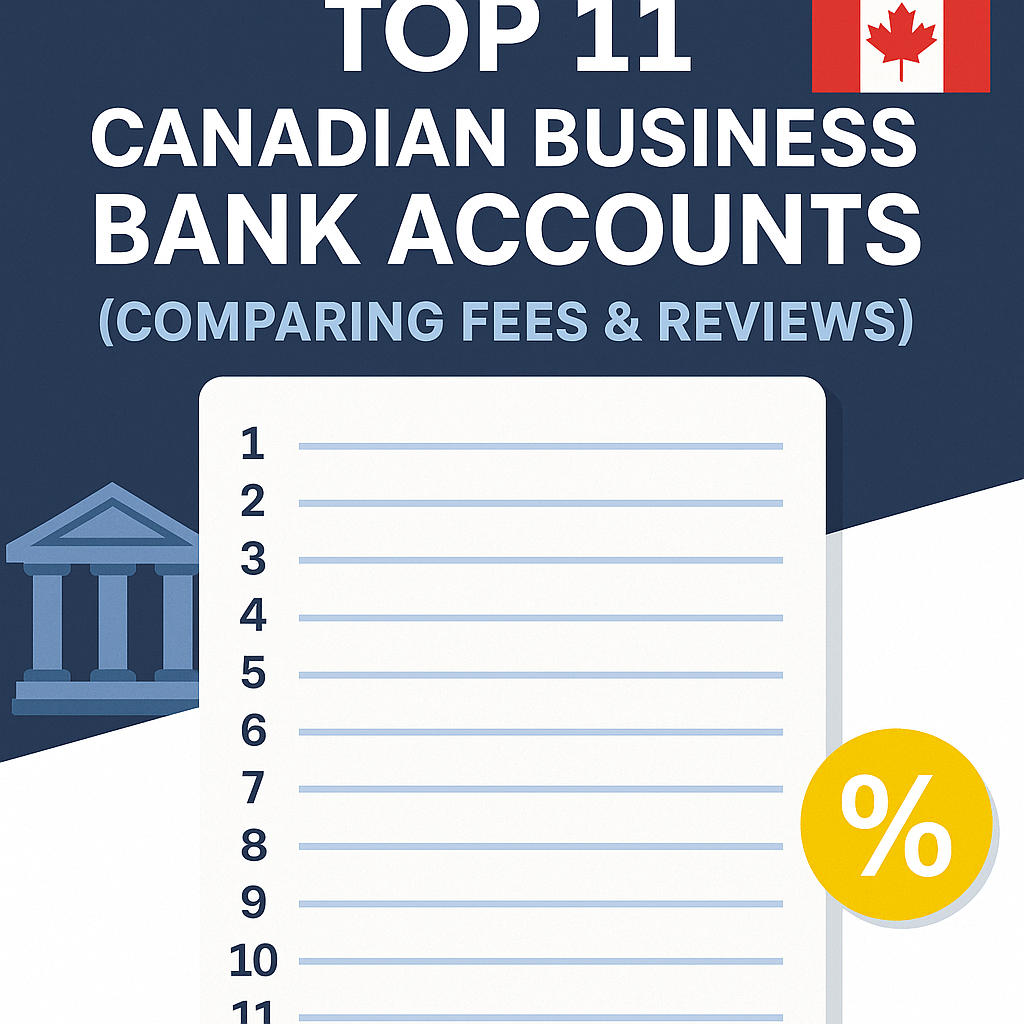GOOGLE ADS MANAGEMENT
ALL SERVICES- GRAPHIC DESIGN & BRANDING
➥ WEBSITE DESIGN TORONTO
➥ TORONTO LOGO DESIGN
➥ BROCHURE GRAPHIC DESIGN
➥ INFOGRAPHIC DESIGN
➥ BUSINESS CARD DESIGN
➥ PACKAGE DESIGN TORONTO
➥ ILLUSTRATION DESIGN
➥ ADVERTISING POSTER DESIGN
➥ BRANDING STRATEGY & SERVICES- ➤ VIEW ALL SERVICES
WEB DEVELOPMENT & SUPPORT
➥ CUSTOM WEB DESIGN TORONTO
➥ ECOMMERCE WEBSITE DESIGN TORONTO
➥ WEBSITE MAINTENANCE SERVICES
➥ SHOPIFY WEBSITE DESIGN
➥ SHOPIFY EXPERTS TORONTO
➥ WORDPRESS DEVELOPMENT
➥ WORDPRESS MAINTENANCE- ➤ VIEW ALL SERVICES
WEBSITE MARKETING & CONTENT
➥ SEO PACKAGES TORONTO
➥ TORONTO SOCIAL MEDIA AGENCY
➥ CONTENT MARKETING TORONTO
➥ PPC MANAGEMENT TORONTO
➥ AFFILIATE MARKETING CANADA
➥ STRATEGIC CONSULTATION- ➤ VIEW ALL SERVICES
ABOUT
RESOURCES- LET’S CHAT
Questions? Call us at
647-348-4995

GOOGLE ADS MANAGEMENT
ALL SERVICES- GRAPHIC DESIGN & BRANDING
➥ WEBSITE DESIGN TORONTO
➥ TORONTO LOGO DESIGN
➥ BROCHURE GRAPHIC DESIGN
➥ INFOGRAPHIC DESIGN
➥ BUSINESS CARD DESIGN
➥ PACKAGE DESIGN TORONTO
➥ ILLUSTRATION DESIGN
➥ ADVERTISING POSTER DESIGN
➥ BRANDING STRATEGY & SERVICES- ➤ VIEW ALL SERVICES
WEB DEVELOPMENT & SUPPORT
➥ CUSTOM WEB DESIGN TORONTO
➥ ECOMMERCE WEBSITE DESIGN TORONTO
➥ WEBSITE MAINTENANCE SERVICES
➥ SHOPIFY WEBSITE DESIGN
➥ SHOPIFY EXPERTS TORONTO
➥ WORDPRESS DEVELOPMENT
➥ WORDPRESS MAINTENANCE- ➤ VIEW ALL SERVICES
WEBSITE MARKETING & CONTENT
➥ SEO PACKAGES TORONTO
➥ TORONTO SOCIAL MEDIA AGENCY
➥ CONTENT MARKETING TORONTO
➥ PPC MANAGEMENT TORONTO
➥ AFFILIATE MARKETING CANADA
➥ STRATEGIC CONSULTATION- ➤ VIEW ALL SERVICES
ABOUT
RESOURCES- LET’S CHAT
Questions? Call us at
647-348-4995

GOOGLE ADS MANAGEMENT
ALL SERVICES- GRAPHIC DESIGN & BRANDING
➥ WEBSITE DESIGN TORONTO
➥ TORONTO LOGO DESIGN
➥ BROCHURE GRAPHIC DESIGN
➥ INFOGRAPHIC DESIGN
➥ BUSINESS CARD DESIGN
➥ PACKAGE DESIGN TORONTO
➥ ILLUSTRATION DESIGN
➥ ADVERTISING POSTER DESIGN
➥ BRANDING STRATEGY & SERVICES- ➤ VIEW ALL SERVICES
WEB DEVELOPMENT & SUPPORT
➥ CUSTOM WEB DESIGN TORONTO
➥ ECOMMERCE WEBSITE DESIGN TORONTO
➥ WEBSITE MAINTENANCE SERVICES
➥ SHOPIFY WEBSITE DESIGN
➥ SHOPIFY EXPERTS TORONTO
➥ WORDPRESS DEVELOPMENT
➥ WORDPRESS MAINTENANCE- ➤ VIEW ALL SERVICES
WEBSITE MARKETING & CONTENT
➥ SEO PACKAGES TORONTO
➥ TORONTO SOCIAL MEDIA AGENCY
➥ CONTENT MARKETING TORONTO
➥ PPC MANAGEMENT TORONTO
➥ AFFILIATE MARKETING CANADA
➥ STRATEGIC CONSULTATION- ➤ VIEW ALL SERVICES
ABOUT
RESOURCES- LET’S CHAT
Questions? Call us at
647-348-4995

GOOGLE ADS MANAGEMENT
ALL SERVICES- GRAPHIC DESIGN & BRANDING
➥ WEBSITE DESIGN TORONTO
➥ TORONTO LOGO DESIGN
➥ BROCHURE GRAPHIC DESIGN
➥ INFOGRAPHIC DESIGN
➥ BUSINESS CARD DESIGN
➥ PACKAGE DESIGN TORONTO
➥ ILLUSTRATION DESIGN
➥ ADVERTISING POSTER DESIGN
➥ BRANDING STRATEGY & SERVICES- ➤ VIEW ALL SERVICES
WEB DEVELOPMENT & SUPPORT
➥ CUSTOM WEB DESIGN TORONTO
➥ ECOMMERCE WEBSITE DESIGN TORONTO
➥ WEBSITE MAINTENANCE SERVICES
➥ SHOPIFY WEBSITE DESIGN
➥ SHOPIFY EXPERTS TORONTO
➥ WORDPRESS DEVELOPMENT
➥ WORDPRESS MAINTENANCE- ➤ VIEW ALL SERVICES
WEBSITE MARKETING & CONTENT
➥ SEO PACKAGES TORONTO
➥ TORONTO SOCIAL MEDIA AGENCY
➥ CONTENT MARKETING TORONTO
➥ PPC MANAGEMENT TORONTO
➥ AFFILIATE MARKETING CANADA
➥ STRATEGIC CONSULTATION- ➤ VIEW ALL SERVICES
ABOUT
RESOURCES- LET’S CHAT
Questions? Call us at
647-348-4995
![]()
![]()
![]()

- March 4, 2024
-
Liam Hunt
Here at Little Dragon Media, we know one thing or two about insurance marketing, as we’ve helped many financial companies and insurance professionals improve their digital marketing ROI throughout the years. There’s no doubt that the insurance industry in Canada is very competitive—and that’s putting it lightly. The gross written premium of the Canadian insurance market currently exceeds $77.6 billion per year, with an expected compound annual growth rate of 6% until 2027.
It’s no surprise, then, that the Canadian insurance market is dominated by some serious players. At the head of the table are major corporate multinationals such as Manulife Financial (worth $58 billion), Sun Life ($42 billion), and Desjardins ($33 billion).
Given the competition, standing out in this industry requires that you invest in premium insurance marketing services, with an agency that knows what they’re doing, to get an edge on the top dogs.
In today’s digital age, insurance marketing has evolved significantly, with all major insurance companies leveraging digital marketing channels to reach their target audience. Let’s explore some innovative marketing tips for insurance companies to help you stay ahead of the curve.
1. Conduct a Target Audience Analysis
To effectively market insurance products, companies must first identify their target audience. This involves analyzing demographic, psychographic, and behavioral factors to understand the needs and preferences of potential customers.
- Demographic Factors: Age, gender, income, education.
- Psychographic Factors: Values, beliefs, lifestyles.
- Behavioral Factors: Purchasing habits, decision-making.
- Develop Targeted Campaigns: Tailor your marketing strategies to resonate with the identified audience segments. For instance:
- Young Professionals: Highlight convenience and flexibility.
- Retirees: Emphasize security and stability.
An insightful understanding of your target market’s preferences and behaviors allows for impactful marketing that enhances customer attraction and retention in the competitive insurance sector.
Marketing Strategies for Insurance
2. Diversify Digital Marketing Techniques
Digital marketing has become increasingly important in recent years, and insurance companies can no longer afford to ignore it. Here are some of the most effective digital marketing techniques for insurance companies:
- Search Engine Optimization (SEO): SEO involves optimizing your website to rank higher in search engine results pages. By ranking higher, you can attract more traffic to your website and generate more leads.
- Pay-Per-Click (PPC) Advertising: PPC advertising involves placing ads on search engine results pages or social media platforms. You only pay when someone clicks on your ad, making it a cost-effective way to generate leads.
- Content Marketing: Content marketing involves creating high-quality content that provides value to your target audience. By creating valuable content, you can attract more traffic to your website and generate more leads.
Perhaps the most underutilized digital marketing channel is SEO. Since so few insurance companies optimize their websites for search engines, it’s fairly easy to rank at the top of search engine results pages (SERPs) for keywords that generate a lot of high-potential traffic.
Here’s a quick snapshot of what SEO keyword analysis looks like for an auto insurance company in Illinois. You will notice that the keyword difficulty (KD) scores are low, while the monthly search volume is relatively high (>1K searches per month). These are optimal keywords to target in your SEO marketing strategy for insurance companies.
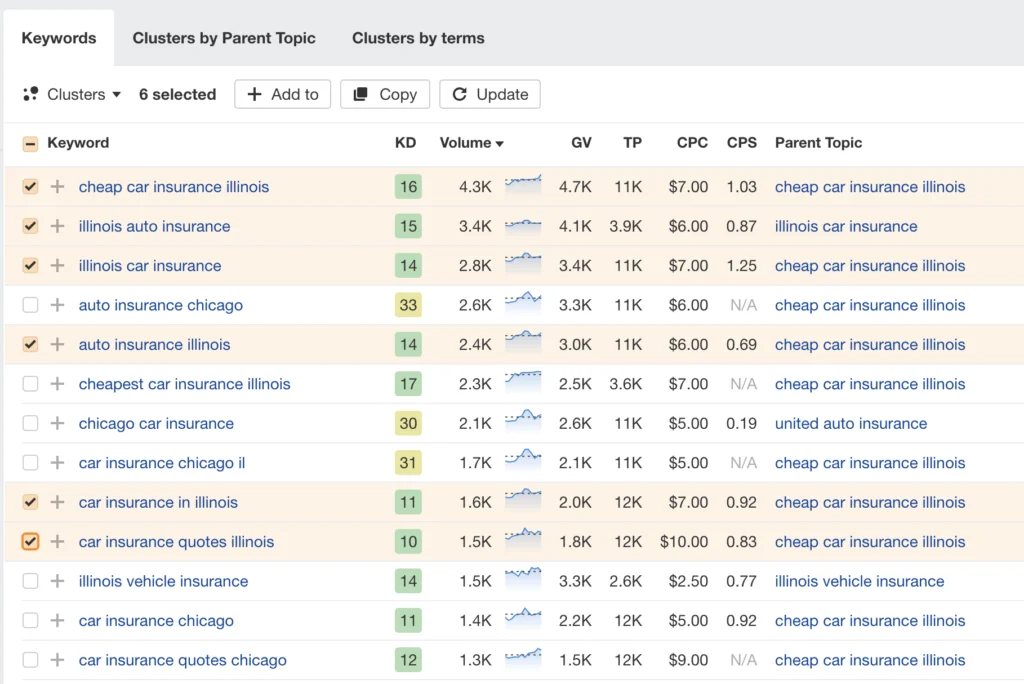
3. Embrace Traditional Marketing Approaches
While digital marketing is important, traditional marketing approaches can still be effective for insurance companies, especially if you’re targetting older clientele. Here are some traditional marketing approaches that insurance companies can use:
- Direct Mail: Direct mail involves sending physical mail to potential customers. While it may seem old-fashioned, direct mail can still be an effective way to generate leads.
- Television and Radio Advertising: Television and radio advertising can be expensive, but they can also be effective at reaching a large audience.
- Networking: Networking involves building relationships with other professionals in your industry. By networking, you can generate referrals and build your reputation within the industry.
In short, insurance companies need to use a combination of digital and traditional marketing techniques to stand out in a highly competitive industry. By using effective marketing strategies, insurance companies can generate more leads, attract more customers, and grow their business.
Branding and Positioning in Insurance
4. Create a Strong Brand Identity
In the insurance industry, creating a strong brand identity is essential to stand out in a crowded marketplace. A strong brand identity can help build trust and credibility with potential customers, which can result in increased sales and customer loyalty.
To create a strong brand identity, insurance companies should focus on developing a clear and consistent message that resonates with their target audience. This message should be reflected in all aspects of the company’s marketing, including its logo design, website, social media presence, and advertising campaigns.
Insurance companies can also differentiate themselves from their competitors by developing a unique value proposition that highlights the benefits of their products and services. This can include offering personalized customer service, providing innovative insurance solutions, or emphasizing their commitment to social responsibility.
5. Position for Competitive Advantage
Positioning is another important aspect of insurance marketing. By positioning themselves strategically in the marketplace, insurance companies can gain a competitive advantage and attract more customers.
To position themselves effectively, insurance companies should conduct thorough market research to identify their target audience and understand their needs and preferences. This information can then be used to develop targeted marketing campaigns that speak directly to the needs and desires of potential customers.
Insurance companies should also focus on differentiating themselves from their competitors by highlighting their unique strengths and advantages. This can include emphasizing their expertise in a particular area of insurance, offering competitive pricing, or providing exceptional customer service.
Overall, creating a strong brand identity and positioning strategically in the marketplace are essential for insurance companies looking to succeed in a highly competitive industry. By focusing on these areas, insurance companies can build a loyal customer base and achieve long-term success.
(Need a hand with positioning your insurance company for marketing success? Consult our insurance marketing experts to make the most of your digital marketing campaigns.)
Lead Generation and Conversion
6. Embrace Effective Lead Generation Tactics
Generating high-quality leads is a crucial aspect of insurance marketing. The following tactics have proven to be effective in generating leads:
- Referral Programs: Encourage satisfied customers to refer their friends and family to your insurance agency. Incentivize referrals with discounts or rewards. If 83% of customers are willing to refer products or services to someone they know, you should capitalize on this opportunity.
- Content Marketing: Create informative and engaging content such as blog posts, videos, and infographics that attract potential customers to your website. Offer valuable information that addresses common insurance concerns.
- Social Media Marketing: Use social media platforms such as Facebook, Twitter, and LinkedIn to connect with potential customers and build relationships. Share relevant content, engage with your followers, and respond to inquiries promptly.
- Pay-Per-Click Advertising: Utilize targeted ads on search engines such as Google and Bing to reach potential customers who are actively searching for insurance products.
7. Optimize Your Conversion Strategies
Converting leads into paying customers is the ultimate goal of insurance marketing. The following strategies can help optimize the conversion process:
- Clear Call-to-Actions (CTAs): Make it easy for potential customers to take action by including clear and prominent calls-to-action on your website and marketing materials. Add CTAs both at the conclusion and mid-point of your written content, including blog posts and email newsletters.
- Simplified Forms: Streamline the form-filling process by only asking for essential information. Make sure the form is easy to navigate and submit.
- Personalized Communication: Use personalized communication such as email or phone calls to follow up with potential customers and address their specific concerns.
- Social Proof: Use customer testimonials and reviews to build trust and credibility with potential customers. Highlight positive feedback and address any negative feedback promptly.
By implementing these lead generation and conversion optimization tactics, insurance agencies can attract high-quality leads and convert them into loyal customers.
Measuring Marketing Success
Measuring the success of insurance marketing efforts is essential to determine if the strategies are performing well or not. The following are two key methods to measure marketing success.
8. Utilize Key Performance Indicators
Key Performance Indicators (KPIs) are the metrics that help track and evaluate the progress of marketing efforts. KPIs can vary depending on the company’s goals and objectives. Some common KPIs for insurance marketing include:
- Conversion rates: The percentage of leads that turn into actual customers.
- Cost per acquisition: The amount of money spent to acquire a new customer.
- Customer lifetime value: The total revenue a customer is expected to generate over their lifetime.
- Website traffic: The number of visitors to the company’s website.
- Social media engagement: The level of interaction and engagement on the company’s social media pages.
By tracking these KPIs, insurance companies can determine which marketing strategies are effective and which ones need improvement.
9. Perform Return on Investment Analysis
Return on Investment (ROI) is a financial metric that measures the profitability of an investment. In insurance marketing, ROI analysis helps determine the revenue generated by a specific marketing campaign compared to the amount of money spent on that campaign.
ROI analysis involves calculating the revenue generated by the campaign and subtracting the cost of the campaign. The result is then divided by the cost of the campaign to determine the ROI percentage.
For example, if an insurance company spent $10,000 on a marketing campaign and generated $20,000 in revenue, the ROI would be calculated as follows:
($20,000 – $10,000) / $10,000 = 1
The ROI in this case is 100%, meaning the company generated twice the amount of revenue compared to the cost of the campaign.
In general, we consider a highly effective and successful marketing campaign one that brings in at least 50% more money than the campaign cost. In other words, an ROI of 0.5.
Mastering Insurance Marketing: The Key to Standing Out
In Canada’s competitive insurance market, distinguishing your company isn’t just beneficial—it’s essential. With strategic and innovative insurance marketing, there’s ample room for your company to shine and carve out its niche.
As the industry evolves, so too should your marketing tactics, blending traditional methods with digital innovation to resonate with a diverse audience.
But where do you begin? Or how do you enhance your existing strategies? Take action today! Visit our insurance marketing and design page to start your insurance firm’s marketing journey and ensure your company not only competes but excels in Canada’s bustling insurance sector.
Liam Hunt, M.A., is a writer and digital marketing specialist whose writing has appeared in the Vancouver Sun, Asia Times, and US News and World Report.
RECENT POSTS
- Top 11 Canadian Business Bank Accounts (Comparing Fees & Reviews)
- PolicyMe – Legit Canadian Insurance Policy? Let’s Review…
- 10 Small Business Loans & Financing Options in Ontario
- Top 8 Small Business Insurance Providers in Canada (2025)
- SCAM ALERT: How a Fake Google Ads Inquiry Nearly Got Us (And How to Protect Yourself)

Ready to chat about how Little Dragon Media can enhance your business?
Call us now at 647-348-4995 or

OUR AWARDS & CERTIFICATIONS

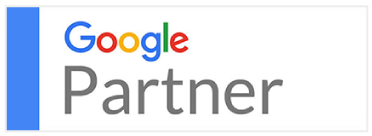
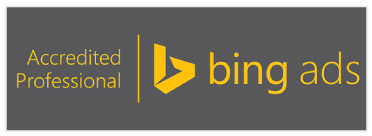

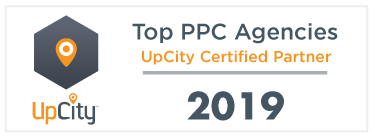

WHAT OUR CLIENTS ARE SAYING



Little Dragon Media's professionalism and commitment to delivering excellence are truly commendable. I highly recommend their services... Thank you for your stellar work!
- Delna Bharucha

Little Dragon Media worked on developing our logo and website. They did an absolutely AMAZING job on both projects. These guys ROCK and you won't be disappointed.
- Sonia Nutt

My team had a great experience working with Little Dragon Media. We will certainly engage with Little Dragon Media for any additional projects in the future. Highly recommend!
- Carly Rooney



- 682A St-Clair West Toronto, ON M6C 1B1
- (647)-348-4995
- info@littledragon.ca
MOST POPULAR SERVICES
RECENT POSTS
GET MORE CLIENTS
Don't let your competitors take over. We'll help you climb to the top and get more clients.



- 682A St-Clair West Toronto, ON M6C1B1
- (647)-348-4995
- info@littledragon.ca
MOST POPULAR SERVICES
RECENT POSTS
GET MORE CLIENTS
Don't let your competitors take over. We'll help you climb to the top and get more clients.

Contact | Press Mentions | Privacy Policy | Terms of Service
© 2024 Little Dragon Media. All Rights Reserved.

